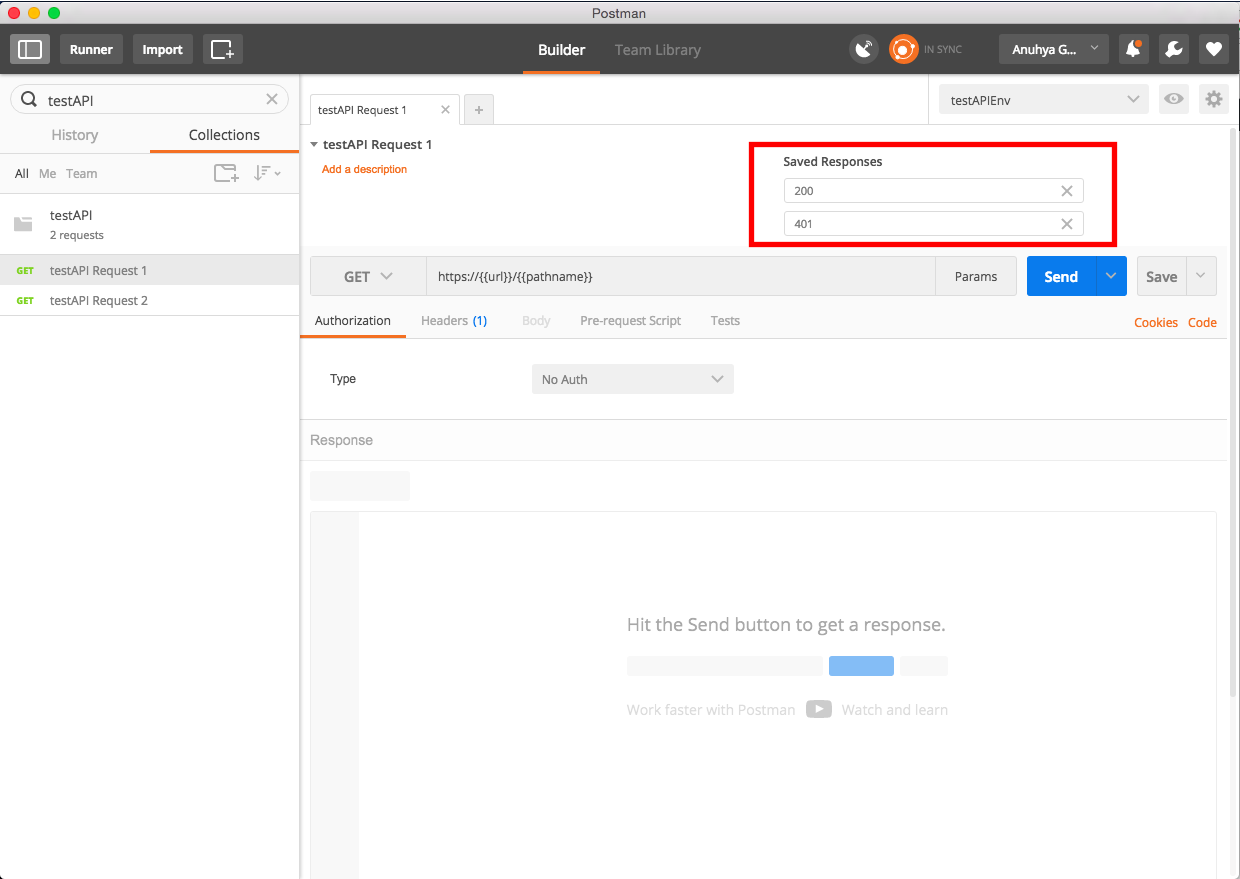API management company Postman has released Mock Service, a tool that enables teams to simulate a back-end server, freeing up developers who were previously restrained by development dependencies.
Postman’s service lets front-end developers simulate each endpoint in a Postman Collection and corresponding environment to view the potential responses without having to spin up a back end, writes CEO Abhinav Asthana. This means front-end, back-end, and API teams can work in parallel.
Also, this workflow forces clear communication about how the client and server will communicate, enables isolated debugging and empowers teams to develop independently and simultaneously, according to the company.

Asthana said that in order to set up a Collection for mocking, developers need to “navigate to every request in the Collection testAPI that you would like to include in this simulation, and save responses with details about the response body, header or status codes that you would like to see returned by that endpoint.”
Once developers save their desired responses, the Collection is ready for mocking, he said. Developers can then retrieve information needed for mock creation, and get a list of all their Collections using the GET All Collections endpoint.
Besides Mock Service, Postman features enhancements such as customizable domains for API documentation, a Data Editor Interface that lets users view and manipulate large amounts of data in a fast manner, and autocomplete for variables feature.
Asthana walks through the entire process of mocking a Collection from start to finish here.






